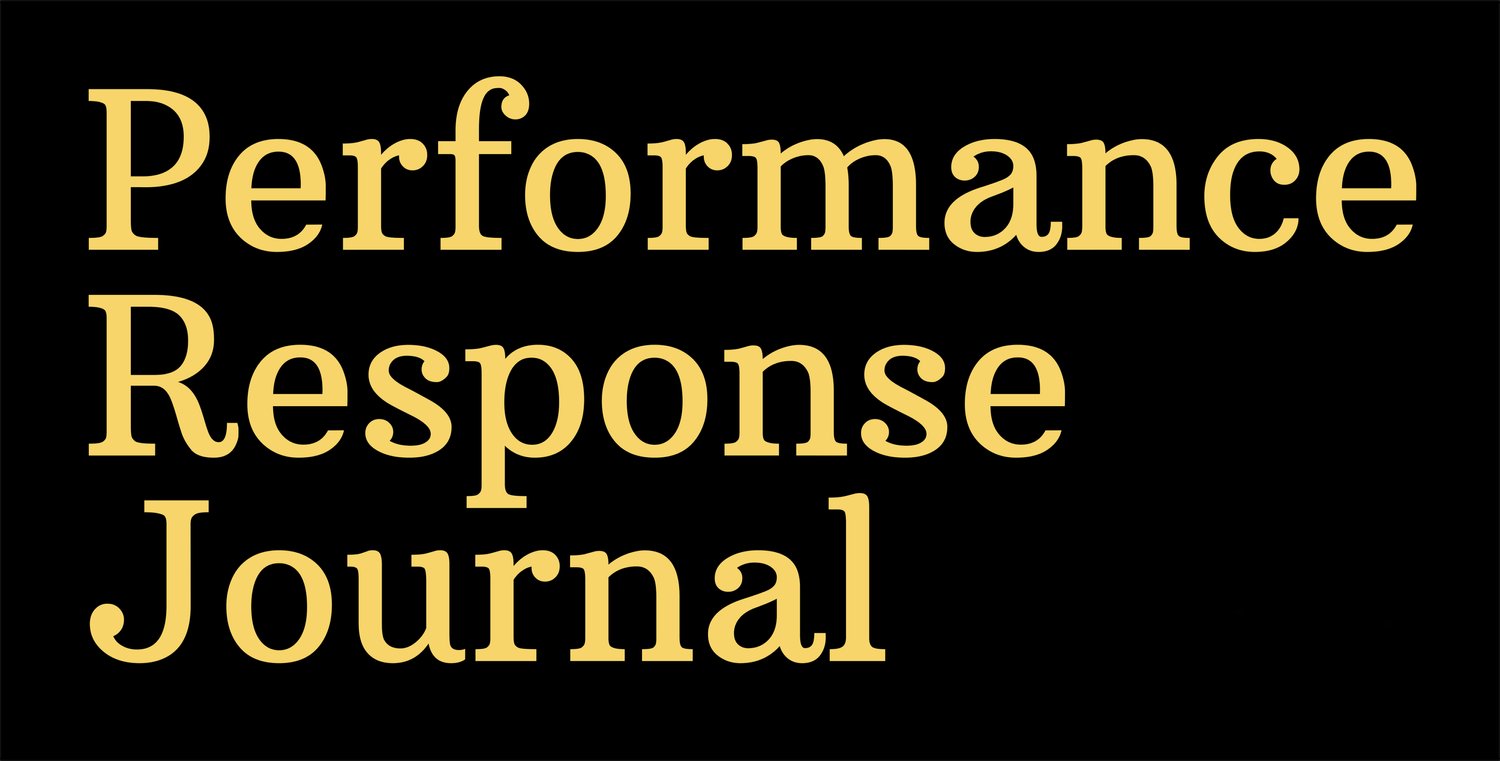and they love: a response by J’Sun Howard
Image captured by Ricardo Adame
Bangali Meye - How Did You Get Here?
Artistic Direction: Tuli Bera
Performers: Tuli Bera, Anita (Tithi) Bera
Dramaturg: Darling Squire
Sound: Norah Jones, Rabindranath Tagore, Gauriprasanna Mazumdea, Hemant Kuma, Stars of the Lid
Presented as a part of work around series curated by Kara Brody & Amanda Maraist through Steppenwolf’s LookOut Series.
February 9-10, 2023
Steppenwolf 1700 Theater
*************************
Sitting down in the 1700 Garage Theater again for the “work around” series, I think about going home to the South and how my mom prepares food or already has some waiting for me when I arrive. Even though we will not be able to try the daal Tuli Bera and her sister Anita are making, we know we can call Bangali Meye: How Did You Get Here? an instant, temporary home.
As the Bera sisters are making their mother’s daal recipe, I am reminded of how no one on my paternal side of the family knows our grandmother’s biscuit recipe. Those biscuits were soft pillowy gems of delight with the right amount of butter and syrup. I asked her how to make them once and she told me, “A little bit of water, a little bit of shortening, and flour.”. But I have not discovered the right amount of little bit of . . . The recipe for the mother’s daal seems to be made like that as well. The measurements come from a lifetime of making a home, of love.
One day the Bera sisters and I will know of the complexity and simplicity of “a little bit of . . .”
The moment the fourth wall was broken when Tuli directed a few questions to her mother in the audience about the species for the daal, I thought her mother would have came down to taste the daal and tell Tuli it needed more of something to hint at home something, say a Bangali Meye, will always need something, if not more of something.
The meme of God making humans pops in my mind as Tuli says what sounds like a litany of beingness: my daal is patient; my daal is laughter sometimes; my daal is . . . Letting us know being a Bangali Meye is a little bit of this, a whole of that, but also missing some ingredients since there is more life to live.
Even though she is not Bangali, Pakistani author Sara Suleri Goodyear’s infamous line, “There are no women in the third world” made me ponder the subtle disorientation we are witnessing as Tuli’s eyes and head roll back as she is swept away home to Kolkata. Tagore, Ghosh, Ondaatje, Ambedkar, Devi, Ashgar, and a host of other Indian diasporic writers vividly trace these lines of identity between land and time. Goodyear’s declaration prompts the question: Are there Bangali Meye in the third world? Are they in the first world?
In the film projection, as Tuli dances with a lot of veer ras mixing modern, ballet, and Bharatanatyam-inspired movement, I think about the turmeric and the orange food coloring bathing her hands in subtle mudras like blood, like lineage. The turmeric stains everything it lies upon. The orange food coloring replaces saffron since saffron is costly. This replacement for something more useful is a metaphor for identity, being a Bangali Meye.
Their mother’s saris of silk and chiffon in royal colors hang as if to protect, resembling both a sunrise and sunset, which is a metaphor for identity, being a Bangali Meye.
I tried writing a Bangali tripadi as a response to Bangali Meye: How Did You Get Here? Yet, Anita’s singing defeats the purpose. Besides food, music and song are other ways we know we are home and shape our identity . . . As Bangali Meye ends, Anita sings a song their mother loved growing up as a child, and I cannot think of a better way of how identity becomes important — a loved one singing you a song that you come to love, then you learn it so you can pass it on to someone you love, and they pass it on to someone they love, and they love and they love and they love . . .
It was wonderful to witness this iteration of Bangali Meye: How Did You Get Here? A work says a lot when it inspires you to go home and watch YouTube videos to learn how to make your own Indian cuisine.
********************
J’Sun Howard is a Chicago-based dancemaker. He holds an MFA in Dance and a certificate in World Performance Studies from the University of Michigan. He is a 2020 3Arts Awardee, a recipient of their inaugural Esteemed Artist Award from the Chicago Department of Cultural Affairs and Special Events (DCASE), and a 2019 Asian Cultural Council Fellow. A Links Hall Co-MISSION Fellow, a Ragdale Foundation Sybil Shearer Fellow, 2017 3Arts Make A Wave Awardee, and 2014 Chicago Dancemakers Forum Lab Artist. His works have been presented at Links Hall, Ruth Page Center for the Arts, Steppenwolf Theatre Company, Defibrillator Performance Gallery, Patrick’s Cabaret (Minneapolis, MN), Danspace Project (NYC), Center for Performance Research (NYC), Detroit Dance City Festival (Detroit, MI), New Dance Festival (Daejeon, South Korea) where he won Best Dance Choreographer and the World Dance Alliance’s International Young Choreographers’ Project (Kaohsiung, Taiwan), among others. He has been commissioned by Northwestern University, Columbia College Chicago, World Dance Alliance, and The Art Institute of Chicago.


